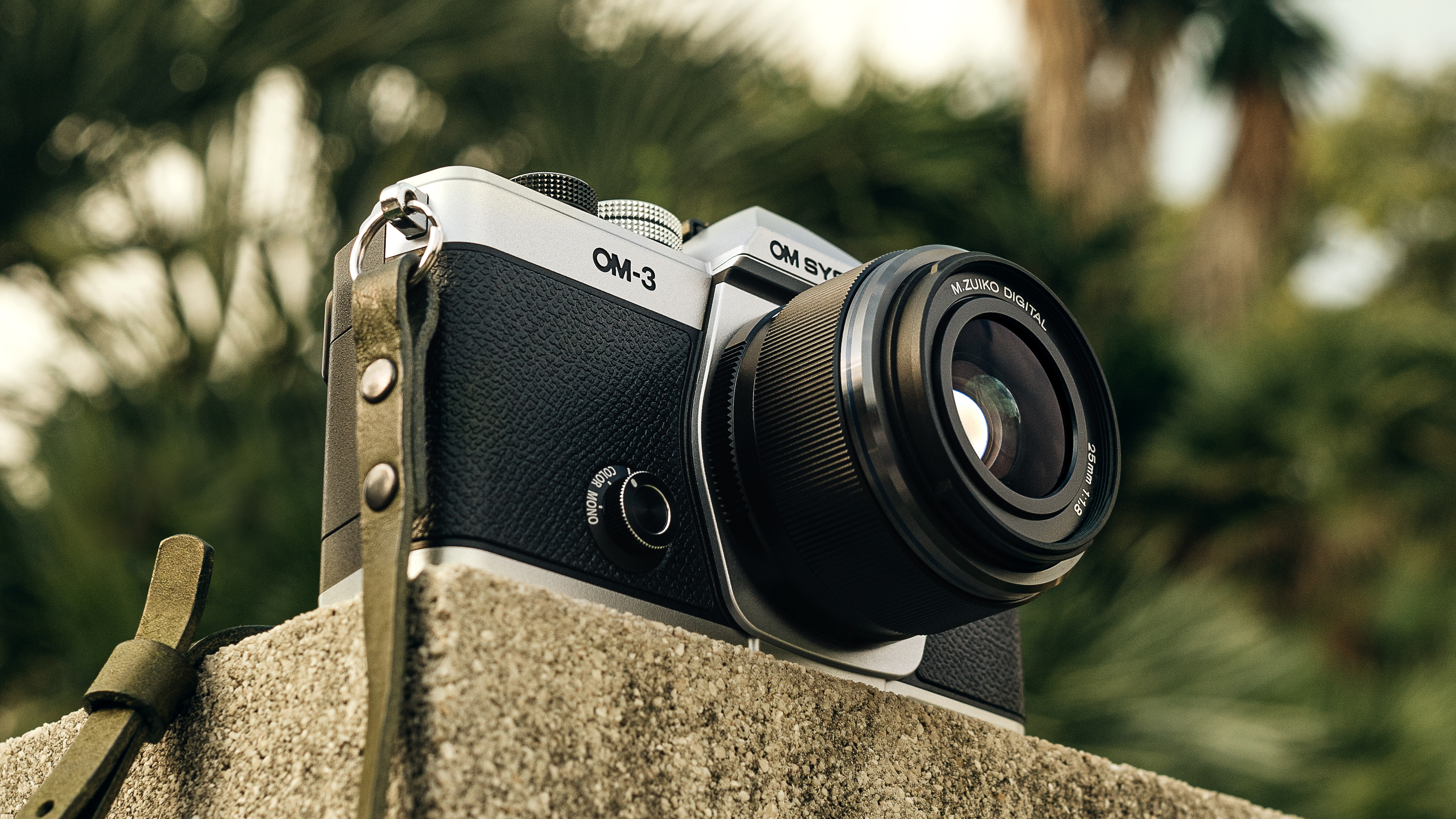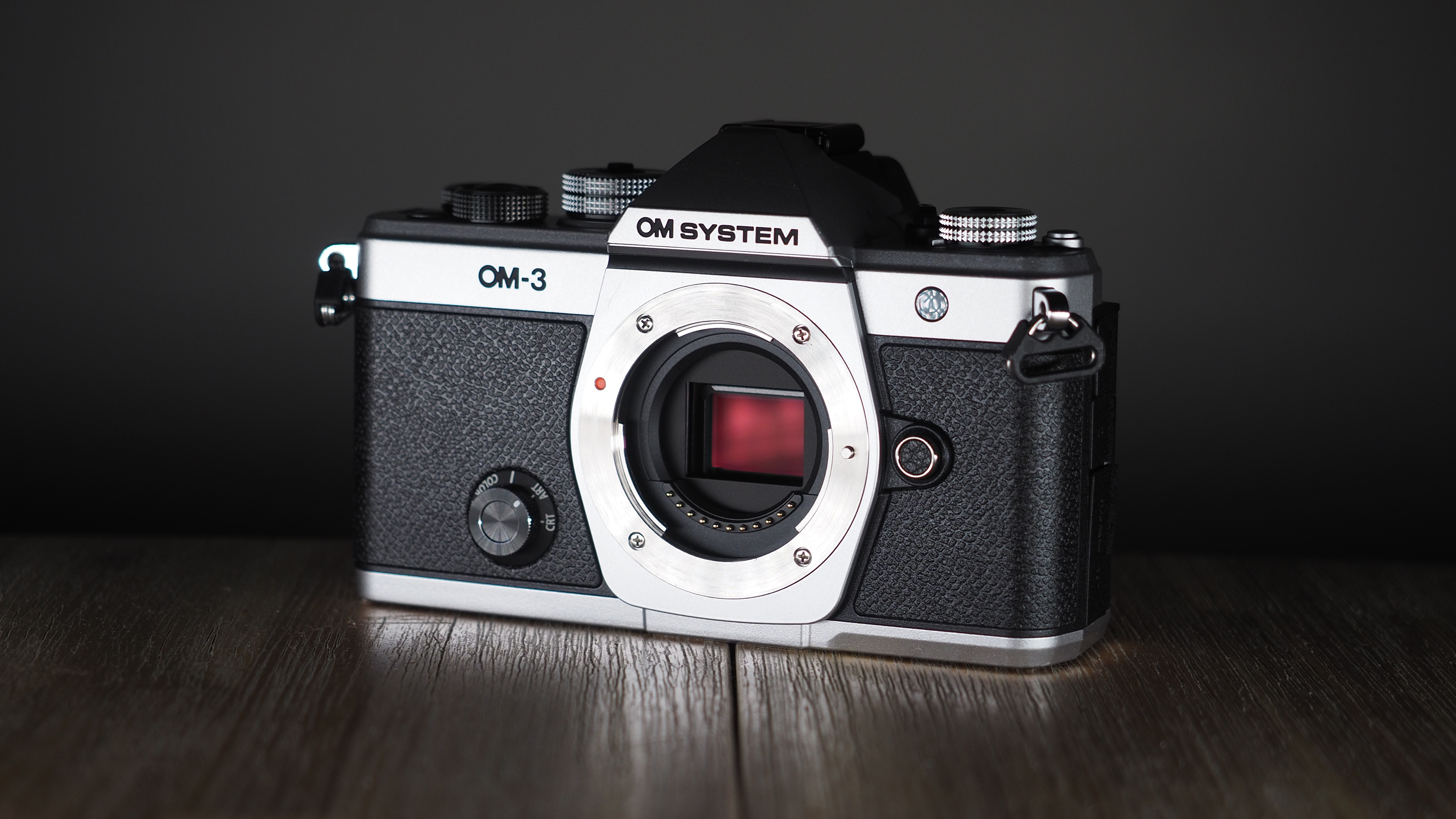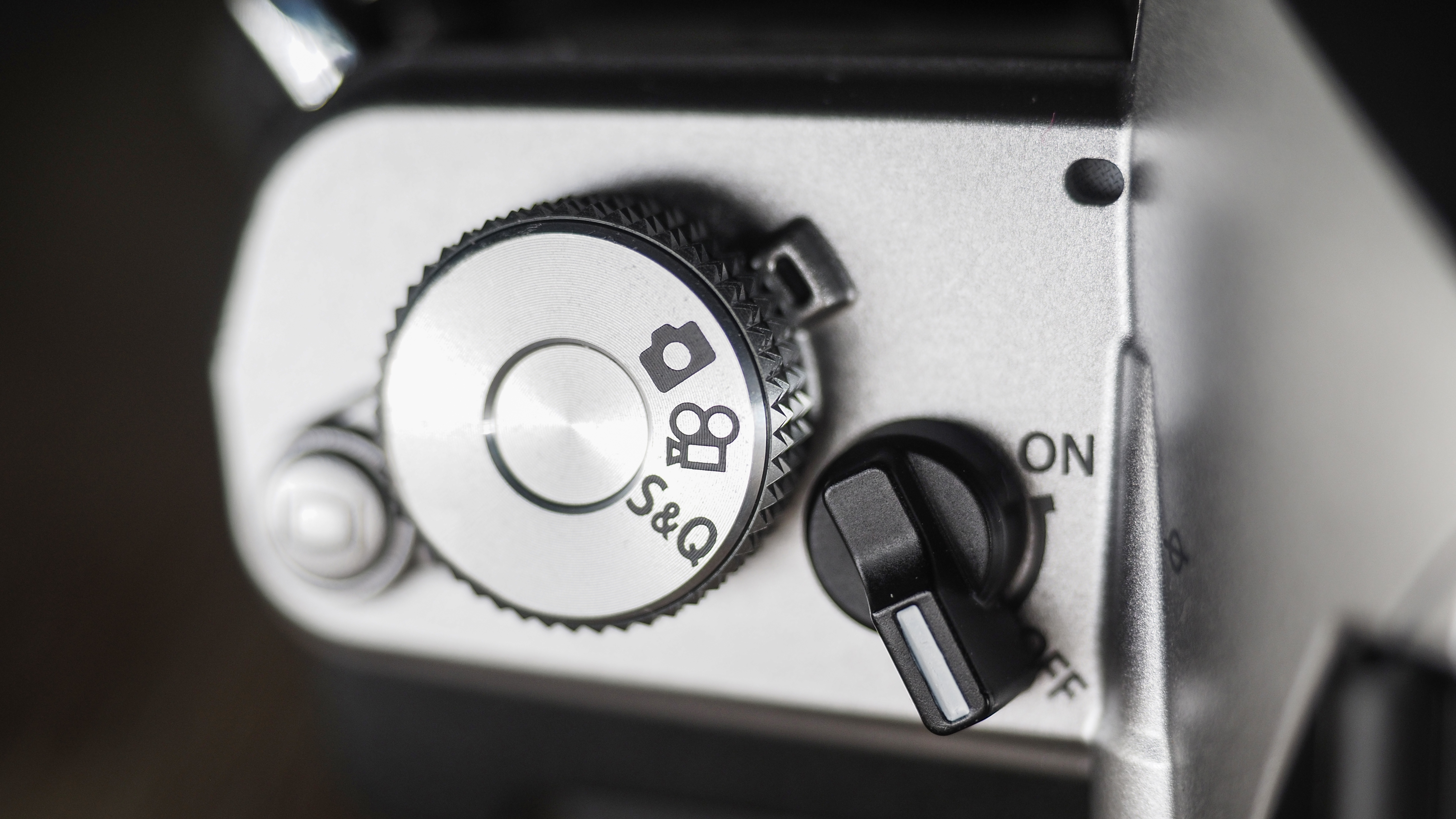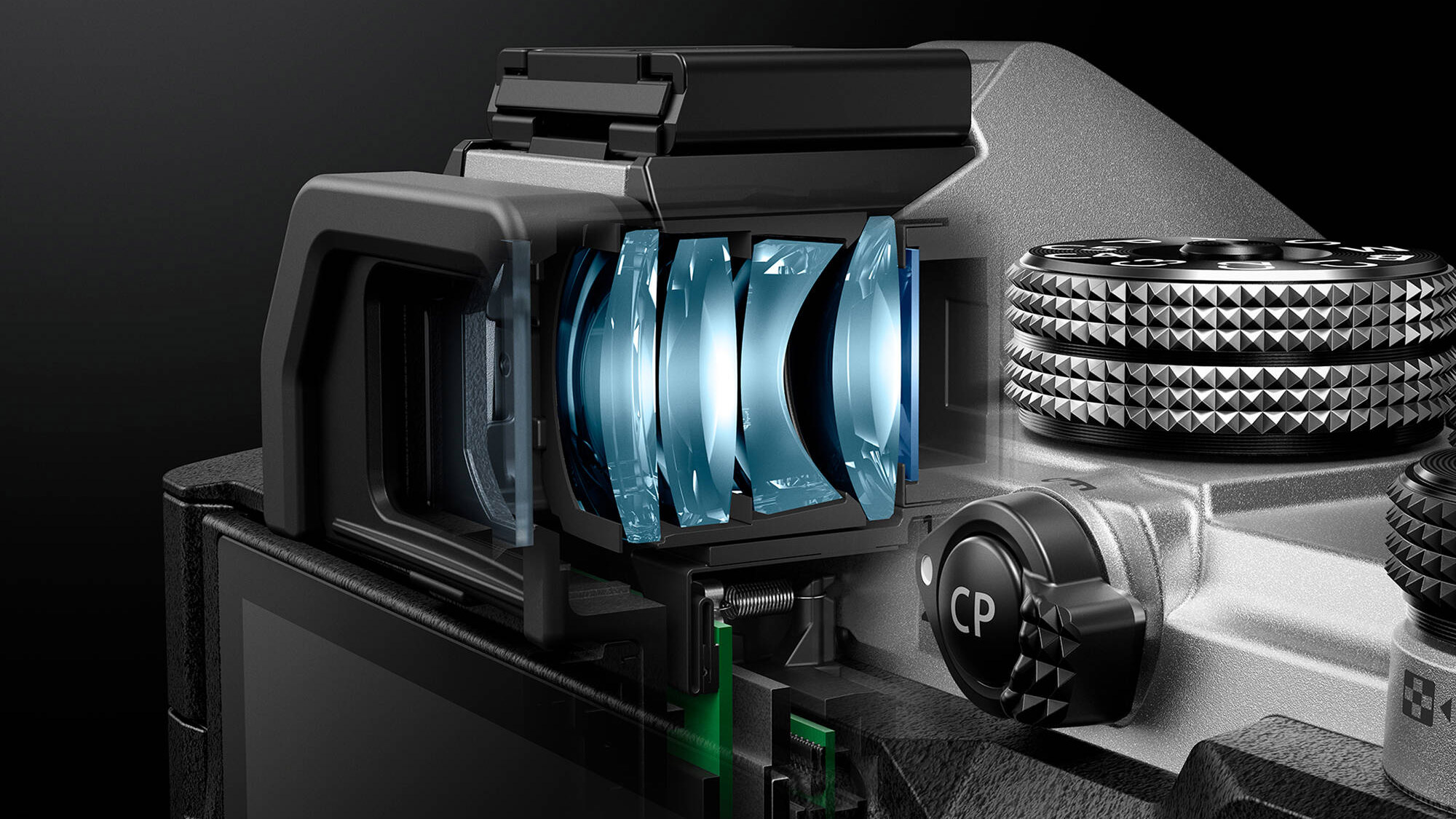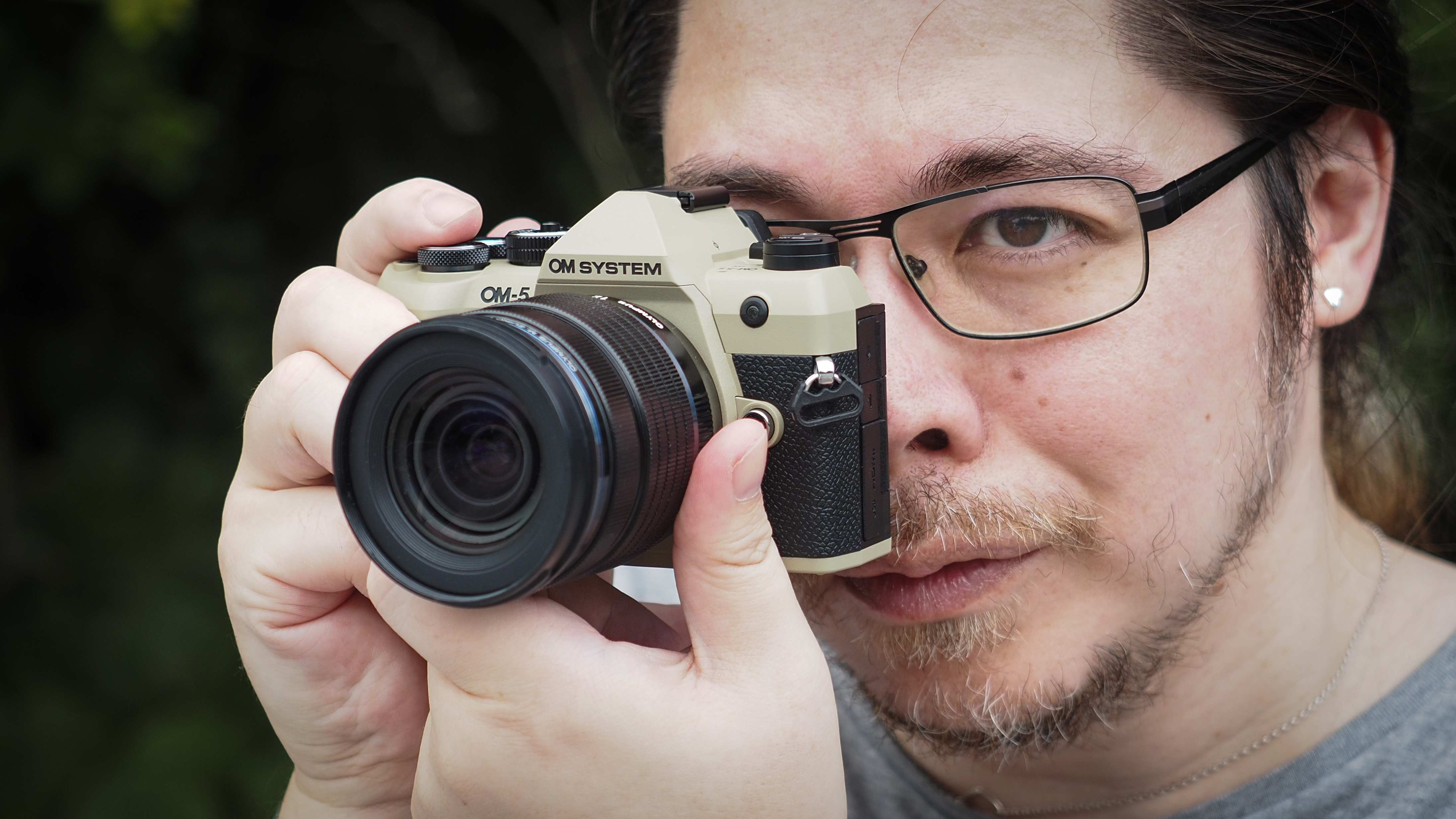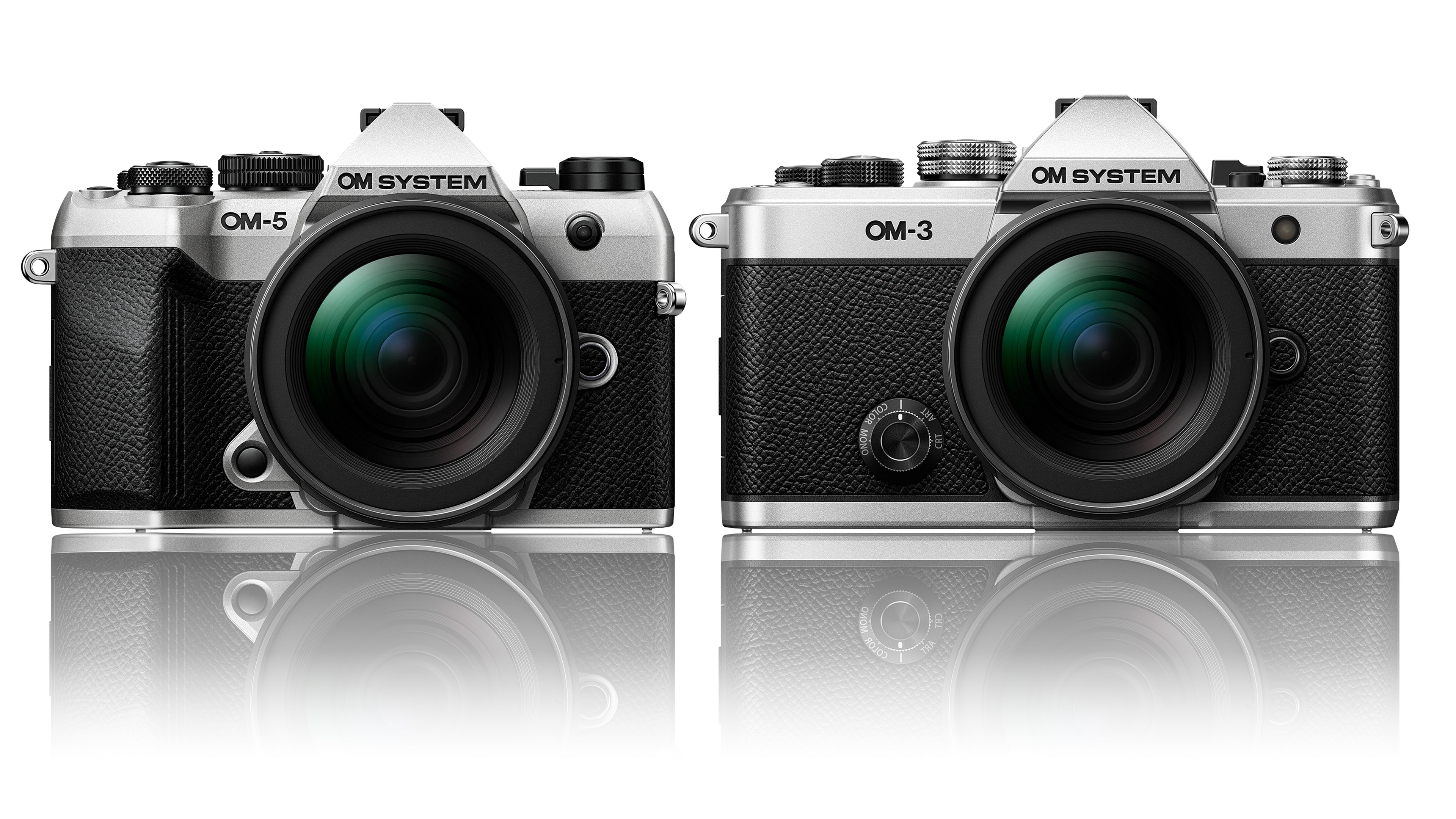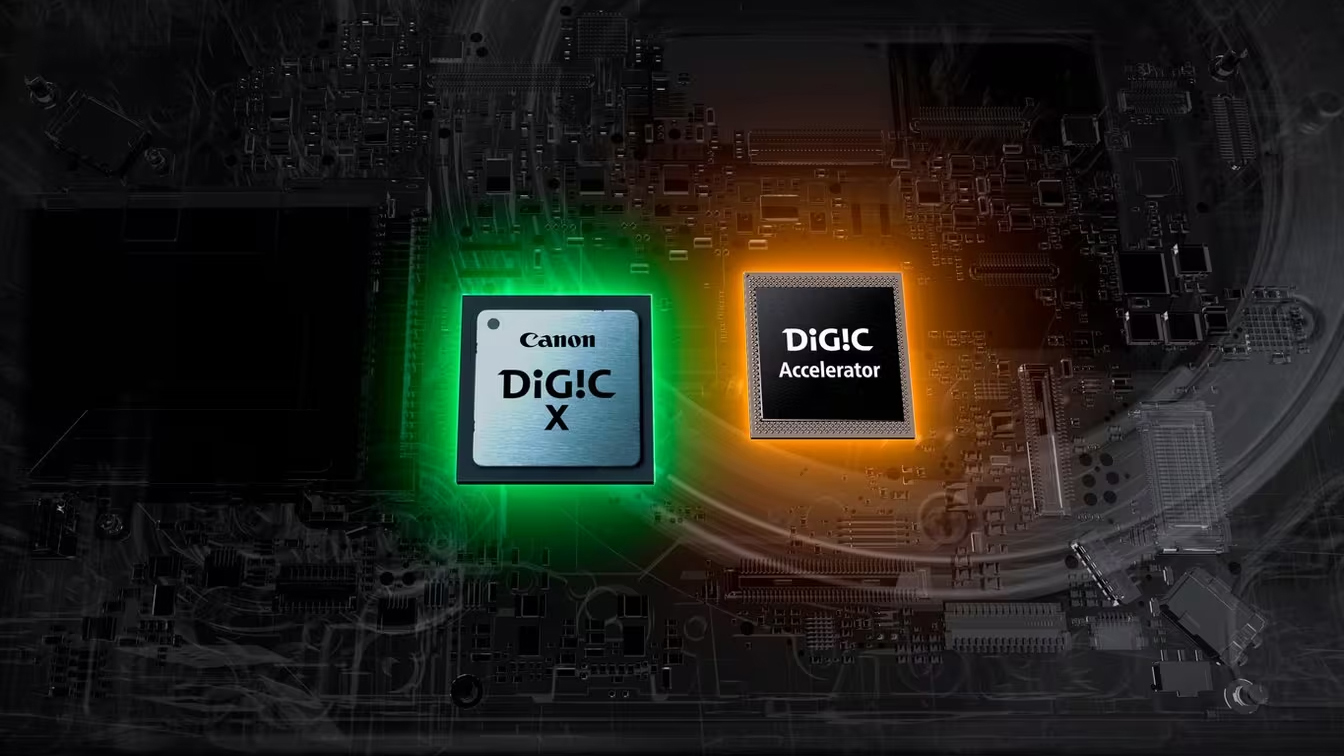OM System OM-5 II vs OM-3 – which retro mini mirrorless body is best for you?
These two OM System cameras might look similar but they aren’t. Do you want power and prestige or simple value?
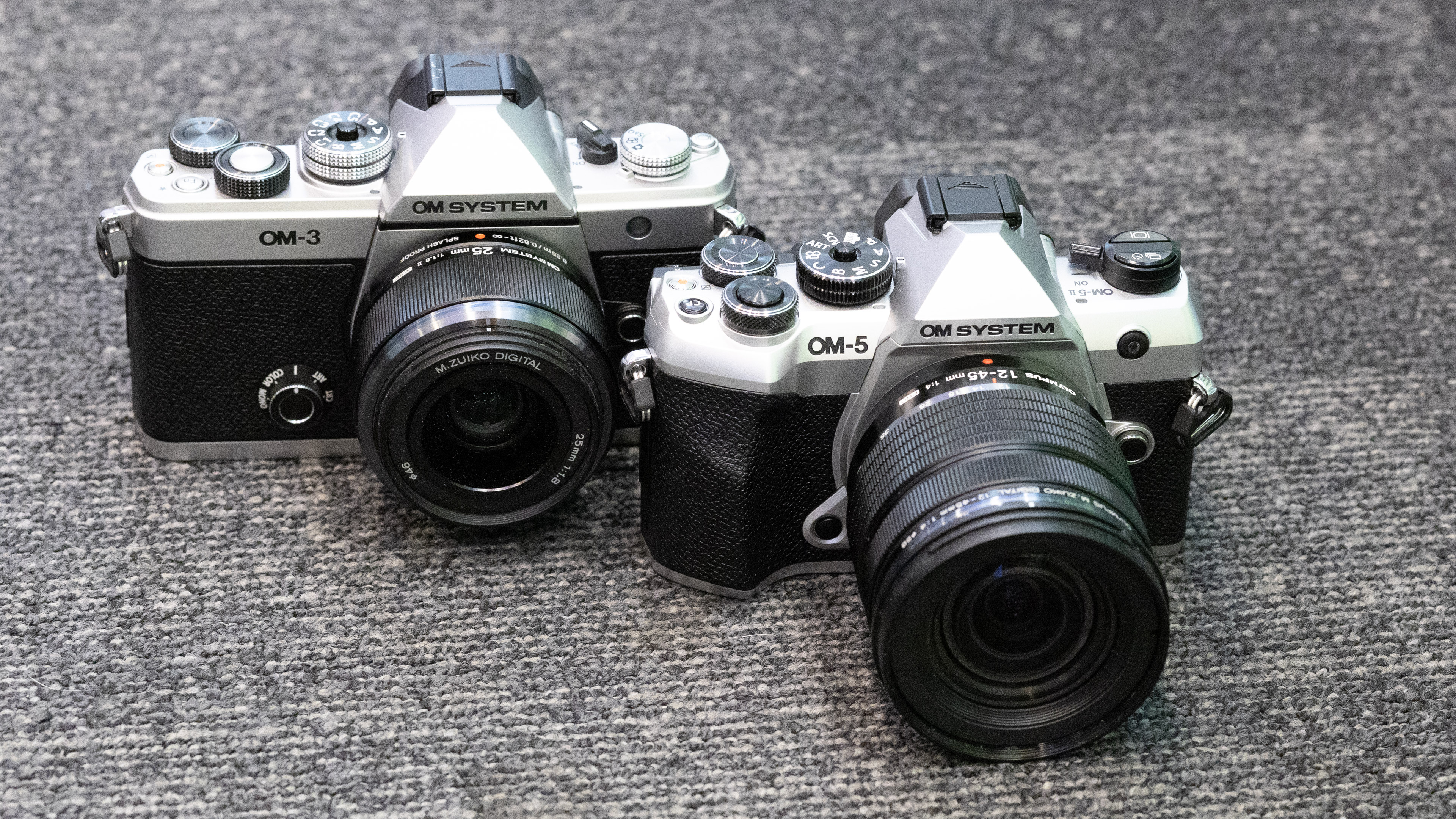
How do you choose between the OM System OM-5 II and the OM-3? They’re both mini-DSLR-style cameras with 20MP MFT sensors aimed at an enthusiast adventure/travel market. But while they appear similar in terms of basic specifications, there are some major differences under the hood – and in terms of pricing.
They can both be considered among the best OM System cameras (it's not a long list!), and perhaps among the best travel cameras, but they go about things in a very different way.
The OM-3 is a faithful evocation of the Olympus OM-series of 35mm SLRs, but benefits from the latest sensor, autofocus and computational photography features of the flagship camera. It’s one of the best retro cameras on the market and packed with the company’s latest imaging technologies.
The OM-5 II, by contrast, is a development of the OM-5, which was itself an evolution of the old Olympus OM-D E-M5 III. This is also a mini-DSLR design but not based directly on any Olympus film camera, though this series has always had a strong ‘retro’ appeal of its own. This is a powerful little camera that's also a lot more affordable and perhaps one of the best cameras for enthusiasts.
The arrival of the OM-5 II does make the buying decision trickier. Should you get this surprisingly effective and recently refreshed camera, or should you pay a lot more for the advanced OM-3? Our step by step comparison is designed to help you decide!
OM System OM-5 II vs OM-3
Why you can trust Digital Camera World
1. Design
• OM System OM-5 II: Styled after the compact OM-5/E-M5 family
• OM System OM-3: Styled after the slightly larger OM film cameras
The similarity between the OM-3 and the original Olympus OM-1, for those who can remember back that far, is striking, from the silver and black trim to the actual physical dimensions. You do not get, however, the OM-1’s shutter speed and aperture rings, as the OM-3 uses regular digital control dials. And in keeping with the original camera’s design, OM System has given the OM-3 a flat front with no grip.
This is in contrast to the OM-5 II which has a useful front grip, now improved to make the camera even better to hold with larger lenses. The OM-5 II is also a noticeably smaller camera, particularly in terms of width. It also has the same 2.36m dot EVF of the OM-3, though while both cameras have a 3-inch vari-angle rear screen, the display on the OM-3 has a higher 1.62m dot resolution compared to 1.037m dots on the OM-5 II.
2. Sensor
• OM System OM-5 II: 20MP Live MOS with TruePic IX processor
• OM System OM-3: 20MP stacked BSI Live MOS with TruePix X processor
Both of these cameras have 20MP Micro Four Thirds sensors but they are a generation apart in their technologies. The OM-5 II uses OM Systems’ long-running but perfectly serviceable Live MOS sensor, but the OM-3 has its latest back-illuminated stacked sensor design. You might have to look quite hard to see any significant differences in still image quality, but this new sensor does unlock a whole series of feature and performance improvements
3. ISO range
• OM System OM-5 II: ISO 200-6,400, 64-25,600 in expanded mode
• OM System OM-3: ISO 200-25,600, 80-102400 in expanded mode
The new sensor does give a big boost to the ISO range. Micro Four Thirds sensors do not have the best reputation for high ISO noise performance because of their size, and the maximum of ISO 6400 for the OM-5 II in unexpanded mode is probably realistic. The OM-3 and its new sensor, however, go right up to ISO 25600 in unexpanded mode and ISO 102400 if you really want to push it. It would be unwise to expect the same high-ISO performance as larger-format cameras, but the OM-3 does take a useful step forward compared to the OM-5 II.
4. Autofocus
• OM System OM-5 II: 121-point phase detect
• OM System OM-3: 1053-point phase detect Quad Pixel AF
The 121-point phase-detect autofocus system of the OM-5 II is fast and effective and has proved its worth in several different Olympus and OM System cameras. The 1053-point Quad Pixel system in the OM-3, however, is another generational step forward. The extra AF points are used for the advanced subject tracking features seen in the flagship OM-1 II and the Quad Pixel system is designed to improve AF point accuracy in both horizontal and vertical directions.
For typical stills photography the new autofocus system may not bring many obvious advantages, but will really come into its own for burst shooting and fast moving subjects, such as birds and wildlife – though if these are your main areas of interest you might be better off looking at the OM-1 II and its better handling with big lenses.
5. Continuous shooting
• OM System OM-5 II: 6fps mechanical shutter (RAW up to card capacity), 10-30fps electronic shutter (RAW 149-18 shots)
• OM System OM-3: 6fps mechanical shutter (RAW until card capacity, 20-120fps electronic (151-88 RAW)
Both of these cameras have mechanical shutters which top out at 6fps, but offer electronic shutters with can go considerably faster. The OM-5 II might be an older design, but can still hit a maximum of 30fps, though at this speed the focus and exposure are locked on the first frame.
The stacked sensor of the OM-3 is much faster, with a maximum speed of 120fps. As with the OM-5 II, however, the higher speeds don’t support continuous AF and AE. Nevertheless, the OM-3 can still shoot at 50fps with AF and AE enabled, which is quite something. It also has a bigger buffer depth, despite its higher shooting speeds.
6. Video
• OM System OM-5 II: 4K 30p, FHD 120p, OM-Log400, OM-Cinema1, OM-Cinema2
• OM System OM-3: 4K/C4K 60p, 240p, OM-Log400, HLG, OM-Cinema1, OM-Cinema2
You could say with video that the OM-5 II does what it needs to and no more, at least by today’s standards. It can shoot 4K at up to 30fps, which is perhaps all that many users will need, and in the Mark II OM System has added new recording profiles – though with only 8-bit video capture, the footage will not be as malleable in post production as the 10-bit video available with the OM-3.
In fact the OM-3 is a much more powerful tool for video, offering both 4K video and the slightly wider C4K format at up to 60fps, as well as 240fps slow-motion capture in full HD. If you intend using your OM System camera for both video and stills and intend to do any serious color grading later, the OM-3 is a much better option.
7. Computational features
• OM System OM-5 II: Live ND 16 (4 stops) High Res mode, Live Bulb, Live Composite
• OM System OM-3: Live ND 64 (6 stops), Live GND, High Res mode, Live Bulb, Live Composite
OM System has always made a big thing of its computational photography features, starting out with Live Composite and Live Bulb modes for low-light photography and its sensor-shift High Res mode to eke more detail out of that 20MP sensor. More recently, it’s added Live ND, to replicate the long-exposure effects of real ND filters, and Live GND, which does what a physical graduated filter would do.
These last two features could prove especially useful for landscape photographers, and it’s where you’ll find the biggest difference between these two cameras.
The OM-5 II does have the Live ND feature, but it only goes up to ND16, or four stops. The OM-3 increases this to ND64, or six stops. Still not enough for every brightly-lit situation, maybe, but a big improvement nonetheless.
As for the Live GND feature, the OM-5 II does not have this at all, so if you’re attracted by the idea of landscape photography without a big box of filters, the OM-3 could be just what you’re looking for.
Both cameras have a dedicated CP button for easy access to these computational features, shown in the image above.
8. Size and weight
• OM System OM-5 II: 125.3 x 49.7 x 85.2mm, 418g
• OM System OM-3: 139.3 x 45.8 x 88.9mm, 496g
The OM-3 isn’t just a bigger camera to look at, it’s heavier too. The biggest difference is in the width, where the OM-5 II is 14mm narrower. That’s quite a big difference. And while the grip does make the OM-5 II a little thicker in the body, it’s also some 3mm less in height than the OM-3.
If you’re looking for the camera that’s the most compact, lightest and easiest to handle, then the OM-5 II wins this pretty easily.
9. Battery
• OM System OM-5 II: BLS-50, 310 shots, USB-C charging
• OM System OM-3: BLX-1, 590 shots, USB charging
Batteries can be pretty boring, but it’s worth paying some attention here because the BLX-1 battery in the OM-3 offers almost twice the capacity of the BLS-50 in the OM-5 II. That could make the difference between an all-day shoot on a single charge and having to swap batteries half way.
10. Price
• OM System OM-5 II: $1,199 / £1,099
• OM System OM-3: $1,999 / £1,699
This is where the comparison becomes especially difficult, because although the OM-3 is clearly technically superior in many areas to the OM-5 II, it’s also considerably more expensive. As we have seen from the pricing of the OM-1 and OM-1 II, OM Systems’ new stacked sensor design, AF and processing improvements have come at a price.
OM System OM-5 II vs OM-3: conclusions
The OM-5 II is older and technically less advanced than the OM-3, but it’s worth considering whether it still does everything that you need a camera of this type to do? Maybe it does! You still get 20MP images, weather sealing, decent high-speed shooting, one of the best IBIS systems on the market and some clever computational tricks, should you need them.
The OM-3, by contrast, brings a real retro camera feel combined with powerful autofocus, burst shooting and video features that leave the OM-5 II lagging far behind. If you intend shooting a lot of video, then the OM-3 is certainly the better buy. What about action, sports and wildlife photography? Yes, here too, but the OM-1 II would be even better for this kind of work just because of its handling with larger lenses.
For sheer value and practicality, the OM-5 II, even though it’s now somewhat dated, is a great buy. The OM-3 is perhaps more of a luxury buy for those who love its looks, its power and its potential.
Check out the best Olympus and OM System lenses
The best camera deals, reviews, product advice, and unmissable photography news, direct to your inbox!

Rod is an independent photography journalist and editor, and a long-standing Digital Camera World contributor, having previously worked as DCW's Group Reviews editor. Before that he has been technique editor on N-Photo, Head of Testing for the photography division and Camera Channel editor on TechRadar, as well as contributing to many other publications. He has been writing about photography technique, photo editing and digital cameras since they first appeared, and before that began his career writing about film photography. He has used and reviewed practically every interchangeable lens camera launched in the past 20 years, from entry-level DSLRs to medium format cameras, together with lenses, tripods, gimbals, light meters, camera bags and more. Rod has his own camera gear blog at fotovolo.com but also writes about photo-editing applications and techniques at lifeafterphotoshop.com
